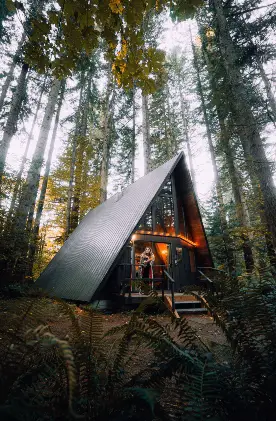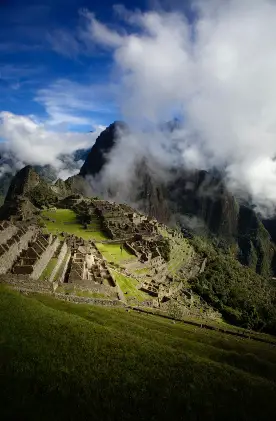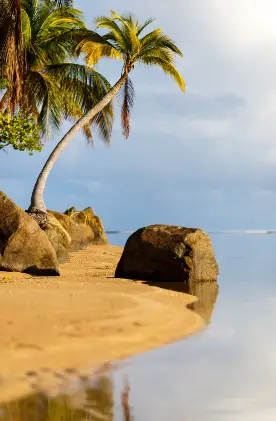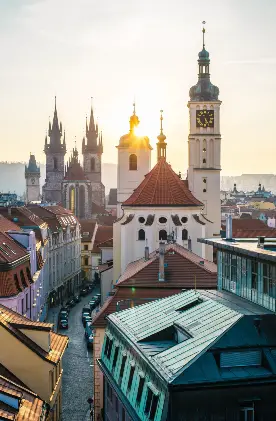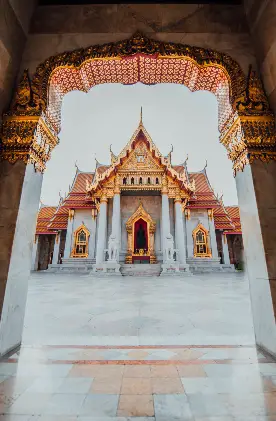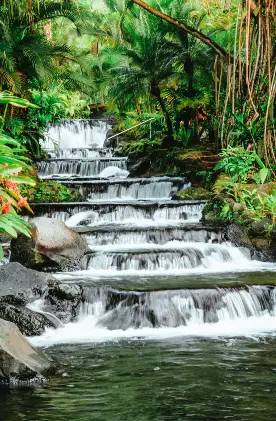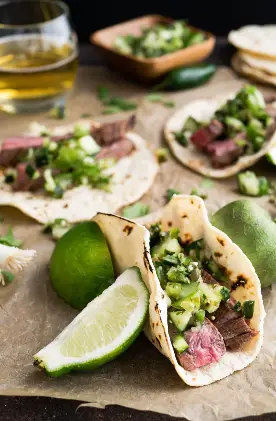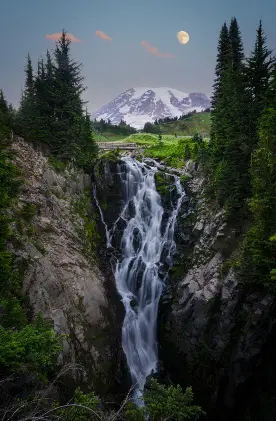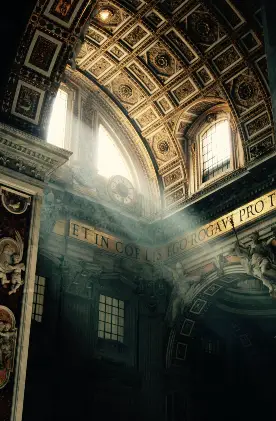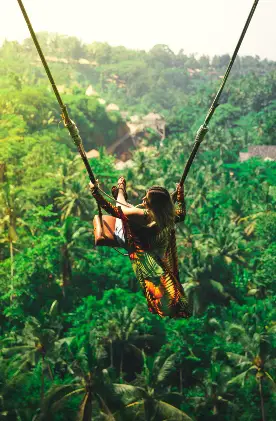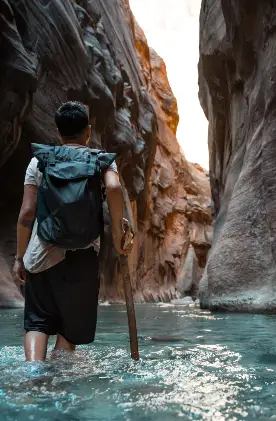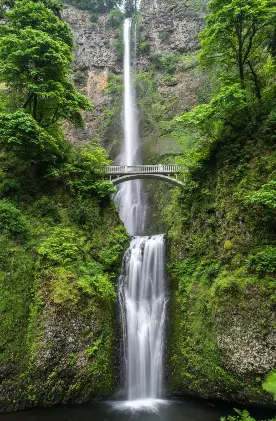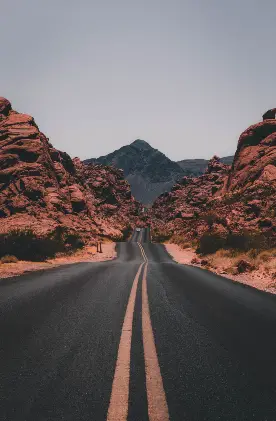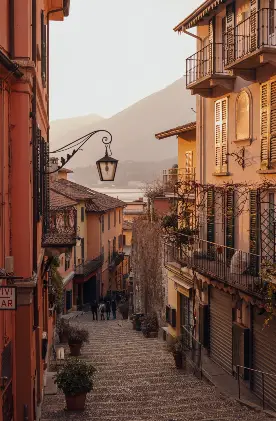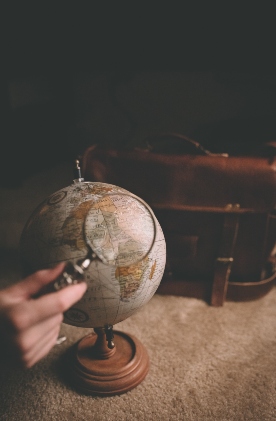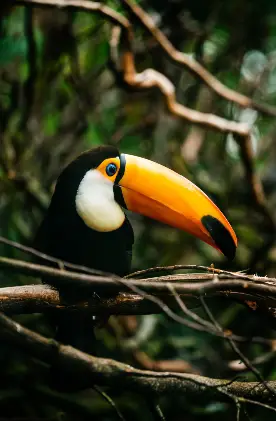Switzerland’s diversity boggles the mind. Ancient glaciers stand atop jagged peaks which lead down to gigantic valleys, green hills, pristine rivers, shimmering lakes and lush plateaus. The landscapes here are nothing short of amazing but they’re not the only Swiss hallmark showcasing variety. This European state also boasts four language regions – German, French, Italian and Romansh – and a sophisticated wine scene.
On a global scale, Swiss wine production is modest but that doesn’t mean there aren’t any world-class labels. Since the Alps cover over half the country, establishing vineyards at such heights is impossible. Yet there are still regions where grapes find ideal conditions to grow – whether it be on the steep slopes of the Valais Canton in the south or nestled in the sunny Bundner Herrschaft (gateway to the eastern canton of Graubunden).
Pinot Noir and Chasselas dominate the grape varieties and overall there is a nice balance between reds and whites. Roughly 140 million bottles are produced every year with only 1% of that figure leaving the country in exports. Domestic demand is always extremely high which is probably why you haven’t seen much Swiss wine on the shelves back home. Traveling to Switzerland is without doubt the best way to sample its exclusive vintages.
If you are an oenophile heading to the Land of Milk & Honey then you will want to know the top regions for trying new drops. Below we outline the six main wine destinations and provide recommendations on the top wineries to look out for – plus some wonderful labels to try before your trip. We also feature the wine experiences of a company called Switzerland Wine Tours. They can help you dive into Swiss wine culture in unique ways.
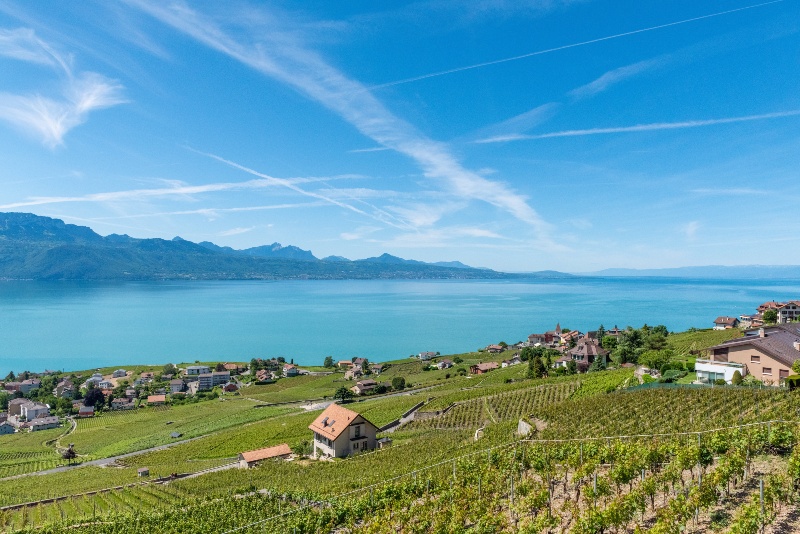
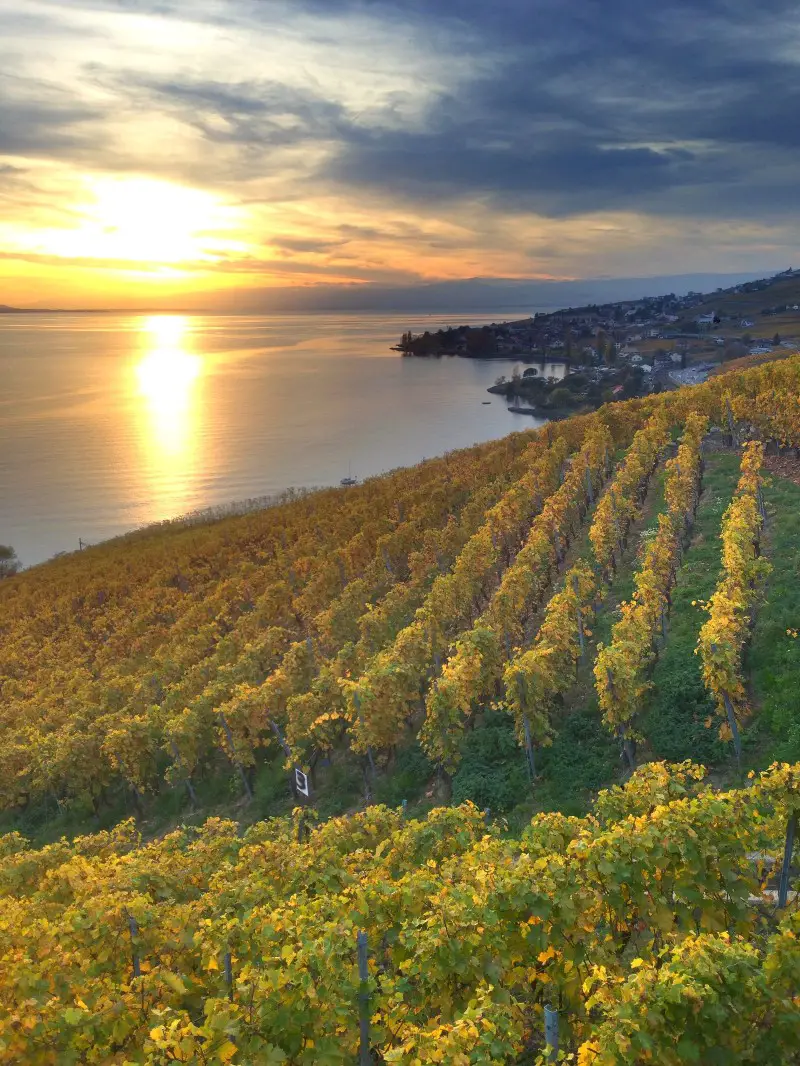
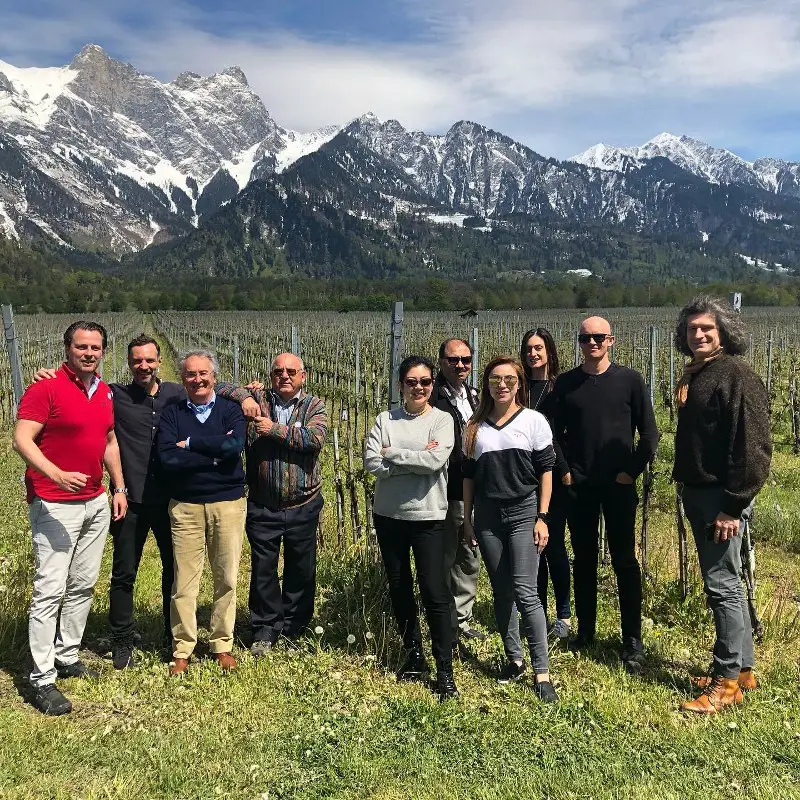
Six Wine Regions of Switzerland
The topography of Switzerland is incredibly diverse and so each region (and sub-region) where wine grows is influenced by the surrounding landscape and climate. There are six distinct regions where winegrowing flourishes: Valais, Vaud, German-speaking areas, Geneva, Ticino and Three Lakes. Valais is located in the middle of the Alps and is the third largest canton by size, but it comprises the largest contribution to Swiss wine production at 33%.
Vaud borders Lake Geneva and comes in at number two at 26%. Third is the Swiss-German regions which total 18%. Geneva is the part of Switzerland where the Jura and Alps meet and this area makes up 9%. The Italian-speaking canton of Ticino faces Italy on the southern side of the Alps. Italy is the biggest wine producer in the world and so naturally Ticino cultivates some superb vinos. It supplies 8%. The Three Lakes cap it off at 6%.
Valais is home to a 100km area where vineyards stretch along the Rhone at up to 1,100 meters. A mix of wines are produced here and they typically fall into specialty categories – you won’t see much Pinot or Chasselas, and the Chasselas that you do find are called Fendant. Vaud, on the other hand, is Chasselas country. It’s famed for its fruity white wines. The UNESCO vineyard terraces of Lavaux is one spot not to be missed in Vaud.
When exploring the German-speaking areas, you can expect to find excellent Pinot Noir as well as a few delightful takes on Pinot Gris. Geneva has exquisite vineyards on the outskirts of the city. Chardonnay is becoming popular in Geneva. Tocino produces arguably the most unusual varieties in the country, mainly due to its climate and Italian sway. Merlot is common and so is Grappa. For a splash of rose, visit the Three Lakes.
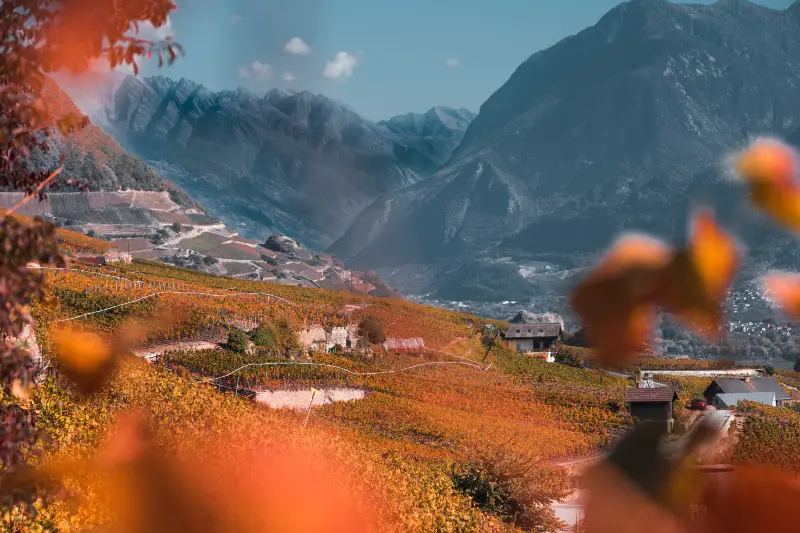
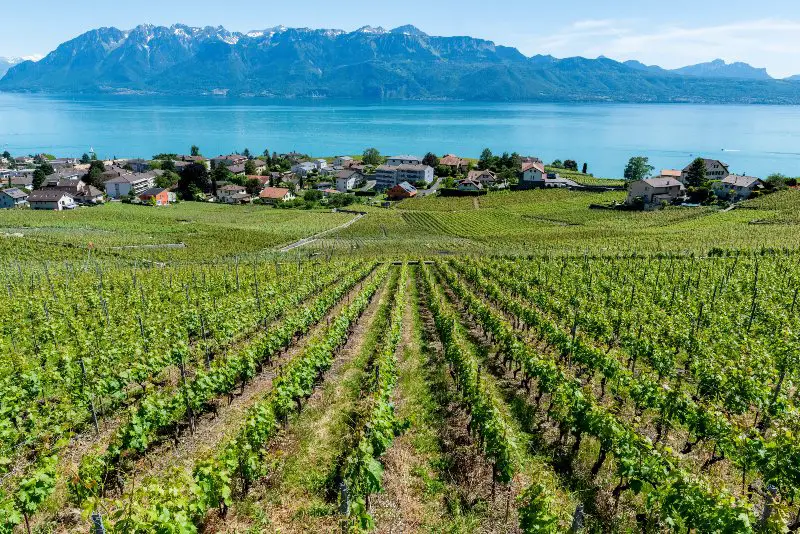
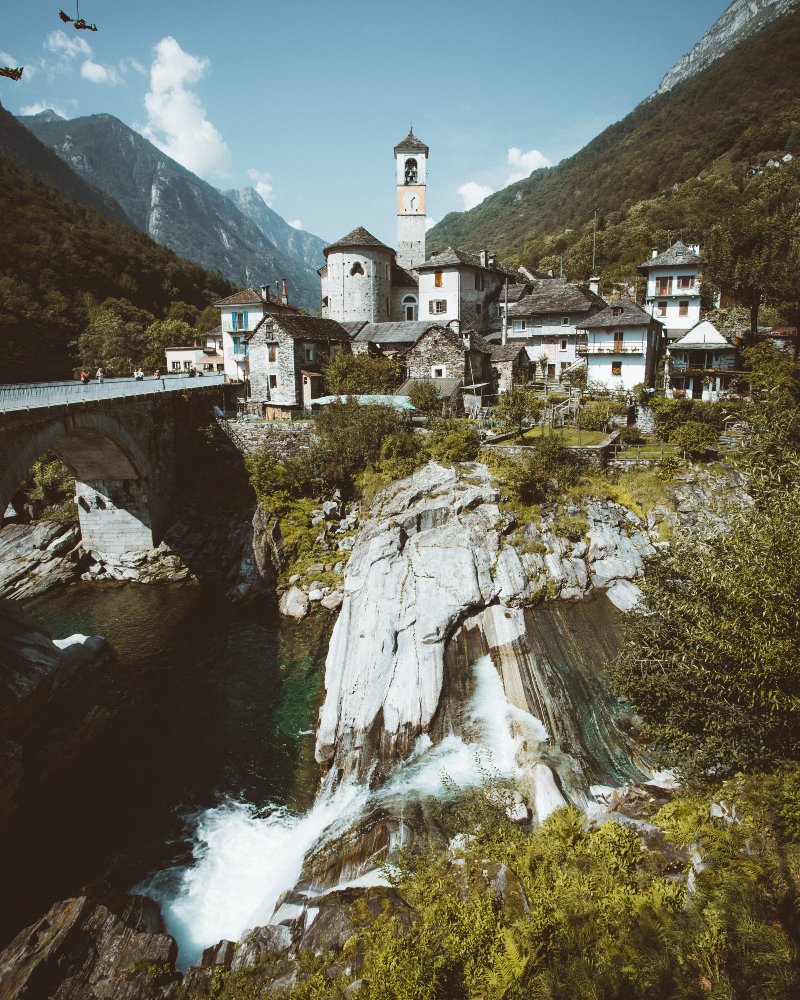
Best Swiss Wine Labels and Wineries
The great thing about traveling to Switzerland if you are a wine-lover is the fact that about 250 different grape varieties are grown in this Alpine nation. Above we mentioned some classics like Chasselas but have you ever heard of Petite Arvine, Humagne Rouge or Plant Robert? You could travel here for months on end and only scratch the surface of Swiss wine. To warm up your palate before you come, try these labels which all go down a treat:
- Avalanche 2019 Fendant (Valais) ~$25
- Alpine Roots 2019 Heida (Valais) ~ $35
- Alpine Roots 2019 Symphonie Pinot Noir (Valais) ~ $35
- Les Freres Dutruy 2014 Les Romaines Red (La Cote) ~$35
- Chateau d’Auvernier 2015 Pinot Gris (Neuchatel) ~$40
- Jean-Rene Germanier Valais Humagne Rouge 2017 ~$40
- Jean et Pierre Testuz 2018 Dezaley l’Arbalete Chasselas ~$50
- Delea 2013 Carato Merlot (Ticino) ~$65
- Louis Bovard Dezaley Grand Cru Medinette 2018 (Chasselas) ~$70
- Gantenbein 2014 Pinot Noir (Graubunden) ~$160
Once you have arrived in Switzerland the options are endless when it comes to picking a winery to tour. It’s important to note that most Swiss wineries aren’t as extravagant as the ones in say Napa Valley or Tuscany, but they are still situated in spectacular settings and offer quality wine. St. Jodern Kellerei, for example, is one of the highest vineyards in Switzerland located in the Visperterminen municipality in the Valais Canton.
Weingut Fromm is another gem in the canton of Graubunden. Pinot Noir connoisseurs will have a field day at this winery. For travelers planning to spend some time in the Italian speaking Ticino, be sure to check out the beautiful Moncucchetto in Lugano. This romantic winery was built by architect Mario Botta in 2009 and “masterpiece” is the only way to describe her. Of course, a Swiss wine tour wouldn’t be complete without Lavaux.
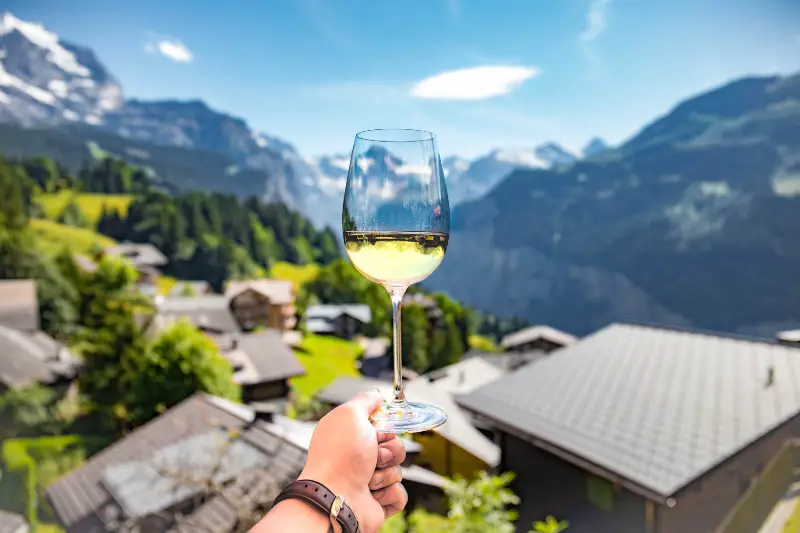
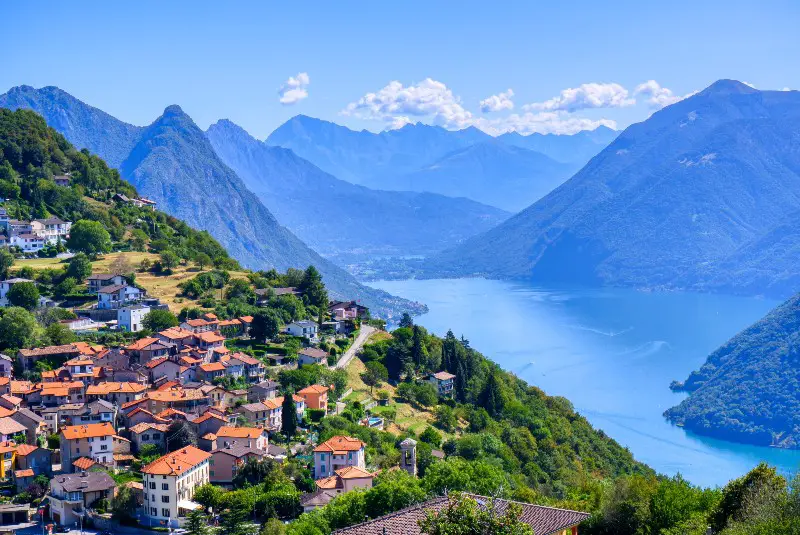
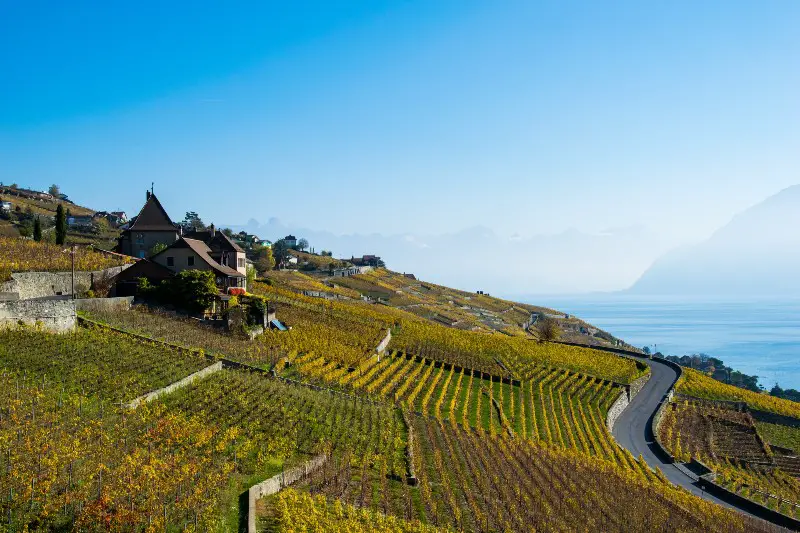
Why Book with Wine Tours Switzerland?
The wine scene of Switzerland is just as complex as its geographical and linguistic landscape. Sometimes the surest strategy to immerse yourself into a particular aspect of a destination is to link up with knowledgeable locals who can give you those all important insider tips. This is where Wine Tours Switzerland comes into play with their range of public and private tours in the Bundner Herrschaft, Heidiland and the St. Galler Rheintal.
By booking with Gian Carlo and his team, not only will you get the chance to sample extraordinary wines but culinary delights will be part and parcel of the experience as well. After all, Switzerland is known for its chocolate and cheese – two foods that pair perfectly with wine. Each tour is led by a passionate guide who will share fascinating secrets about the grape varieties, how to care for the vines and what goes into creating elite wine.
There are plenty of options depending on your preferences. Do you want to combine wine with the great outdoors? Then the Alps & E-Bike Tour might be up your alley. The Alps in Heidiland are your host for this thrilling half-day adventure where you cycle past picturesque villages and take in the surrounding beauty of jaw-dropping valleys and tranquil mountain streams. Included is traditional alpine cuisine and local wine from the area.
One unique trip that Wine Tours Switzerland runs is the Wine & Heidi Tour. The Bundner Herrschaft and Heidiland were the inspiration for the novels by Johanna Spyri with her stories about a little girl from the mountains called Heidi. You will visit Heidi’s house, enjoy a meal accompanied with wine, and wander through scenic vineyards and wineries. And if you want to focus purely on wine then the Grand Wine Tour would be ideal.
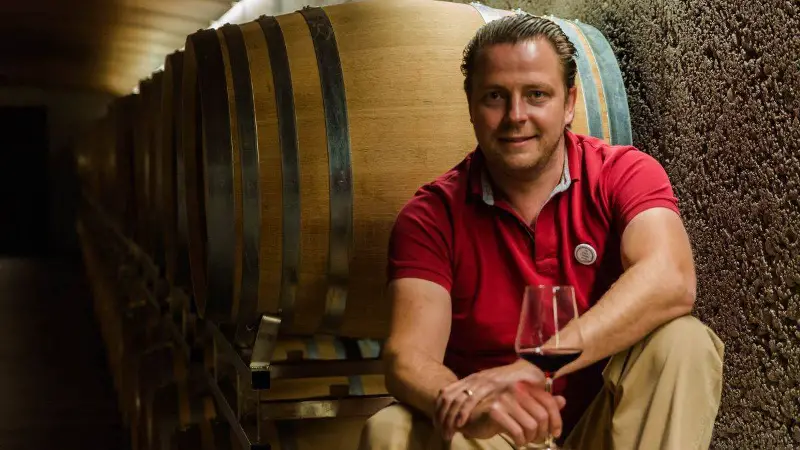
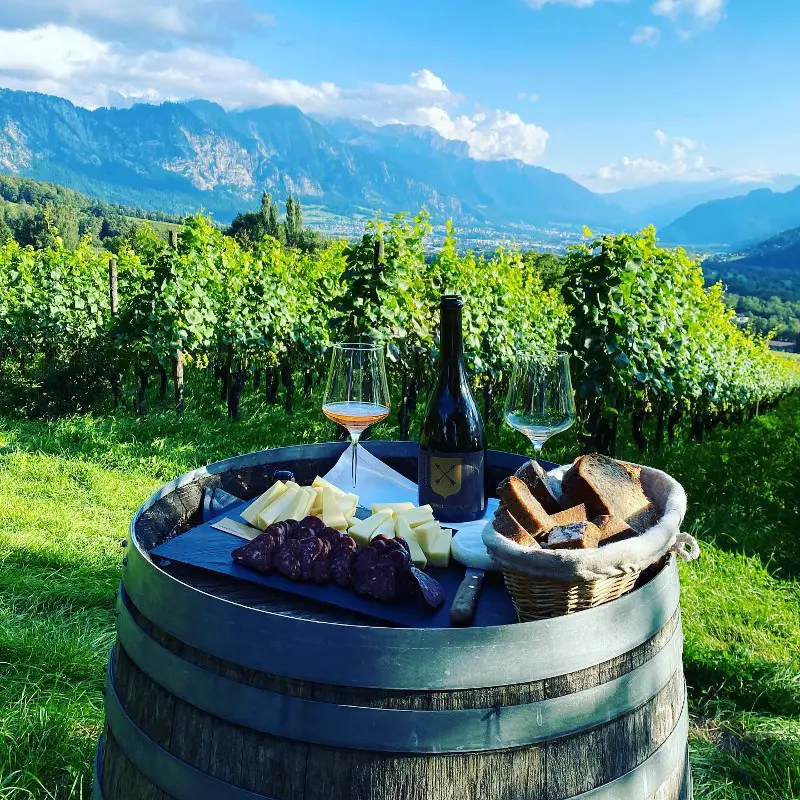
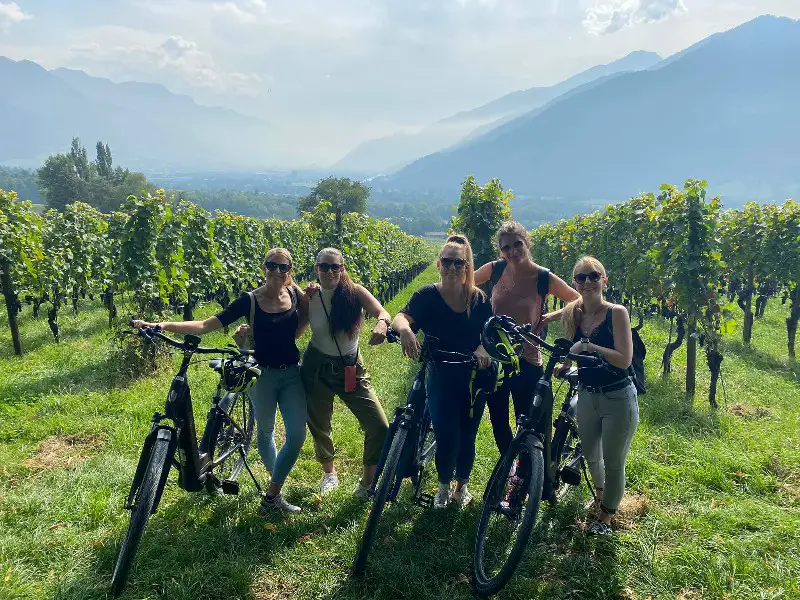
Final Tips for Enjoying Swiss Wine
Switzerland offers more than hikes and skiing. Indeed, this country in the heart of Europe has an ancient wine tradition that goes back to the days of the Roman Empire. Although Swiss wine is still making tracks internationally, locals have always been informed on how phenomenal the wine is. Because only 1% of the bottles get exported every year, you actually need to physically be in Switzerland to truly discover its finest labels.
More than just a nice add-on after trekking through the Alps or hitting the slopes up the mountain, Swiss wine is becoming the reason itself why travelers flock to this land. No matter the time of year, be it the scorching summer or snowy winter, a wine vacation in Switzerland is never a bad idea. Just rent a car from Zurich and go exploring through the wine trail. Who knows what vintages or family-run vineyards you will stumble upon.
When searching for bottles to take home, try to follow the $25 dollar rule: if you spend at least $25 then you are pretty much guaranteed to get a good bottle of wine. Cheap Swiss wine can be poor if you get too bogged down on the price. Many wines in Switzerland, like in Lake Lugano, can’t be found anywhere else on earth. So while you are here be sure to stock up on your favorite bottles and keep them stored in your cellar at home for a rainy day.
After booking a tour with Switzerland Wine Tours, and exploring the country from east to west and top to bottom, you will be able to crack open a bottle with your friends and tell them interesting facts and stories about your wine experience in Switzerland. That will surely pique their interest to come as well. The sooner they come the better because wine tourism in Switzerland is about to skyrocket. Go now while the crowds are still small.








